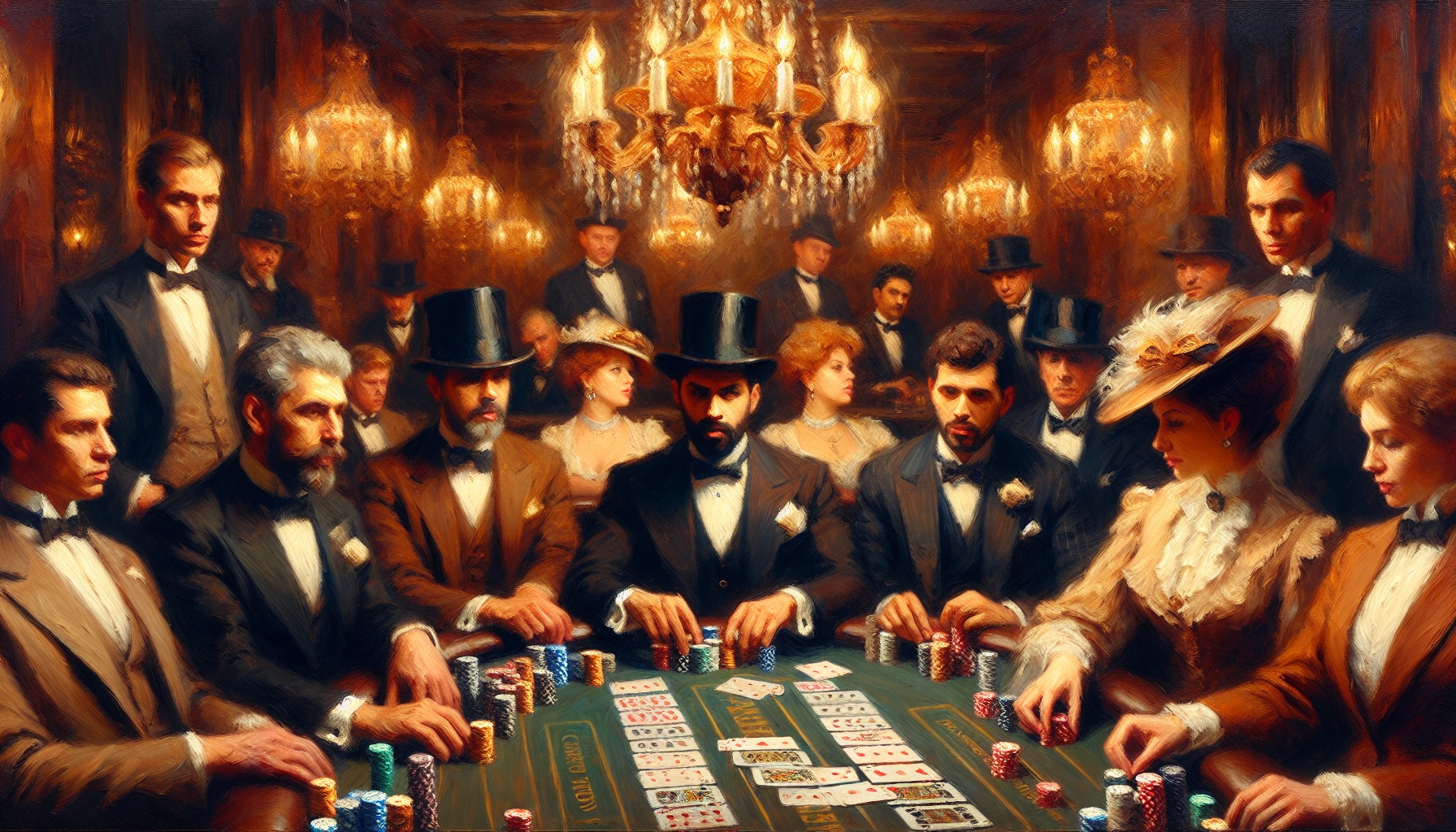
What Does Slow play Mean in Poker?
Slow play is a deceptive strategy where a player with a strong hand plays weakly to entice opponents to bet more, aiming to maximize the pot size. Learn how to effectively play poker with this strategy.
When You Might Hear Or Use The Term Slow play
This term is frequently mentioned in situations where a player is trying to trap opponents into betting more on future streets by underplaying a strong hand, often in cash games or tournament settings.
In-Game Example
You hold a pair of Aces and the board comes AK7. Instead of betting big right away, you check or make a small bet, hoping your opponent will catch up or bluff at the pot, allowing you to build a larger pot on later streets.
Strategy / Tips
- Best Practice: Use slow play when you believe your opponent is likely to bet if you show weakness, particularly if they are aggressive or likely to bluff.
- Common Mistake: Overusing slow play in situations where opponents are unlikely to bet, leading to missing value.
- Pro Tips: Slow play is more effective against players who are aggressive and prone to bluffing. Be cautious of giving free cards that could improve your opponent’s hand to beat yours.
Differences playing over the table vs online
Live games offer more reads based on physical tells, making slow play potentially more effective. Online, players rely on betting patterns and timing, so slow play needs careful consideration of opponent tendencies.
Alternative names
Trapping, Sandbagging
FAQs
Q: Is slow play always a good strategy?
A: No, it should be used selectively and against the right opponents to avoid giving them a chance to catch up.
Q: Can slow play backfire?
A: Yes, if opponents improve their hands on later streets, it can lead to losing a big pot.
Related terms
- Trap
- Sandbag
Advantages and Disadvantages of Slow Play
Slow playing can be an effective way to extract more value from your strong hands, but it comes with risks. Knowing when to slow play and when to bet your hand aggressively is key to maximizing your winnings and minimizing losses. Consider factors like opponent tendencies, board texture, and your own table image before deciding to slow play.

